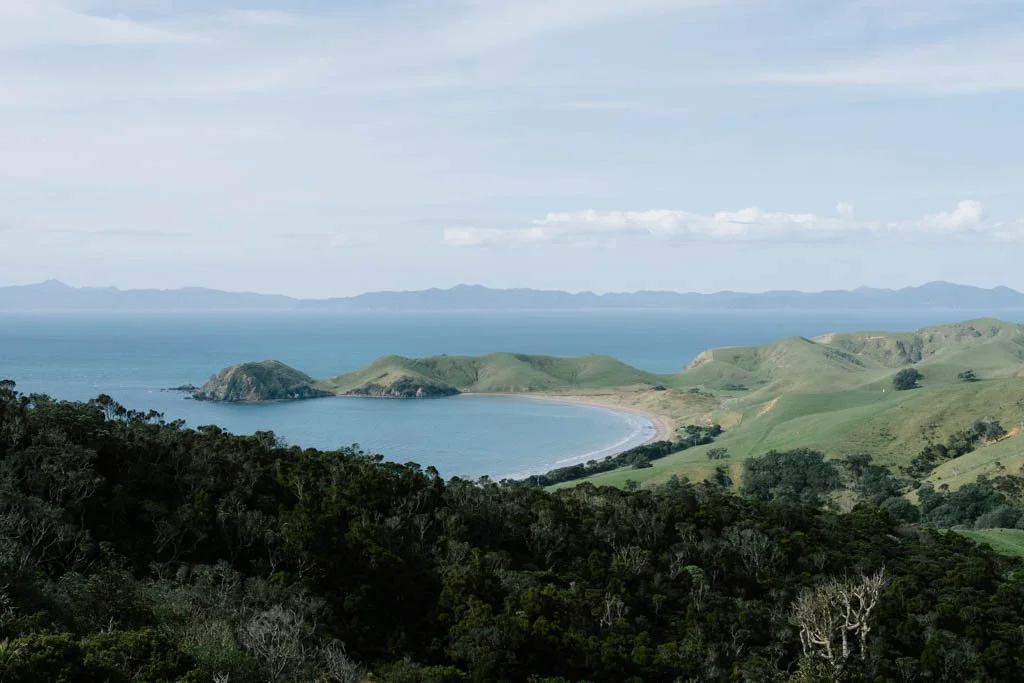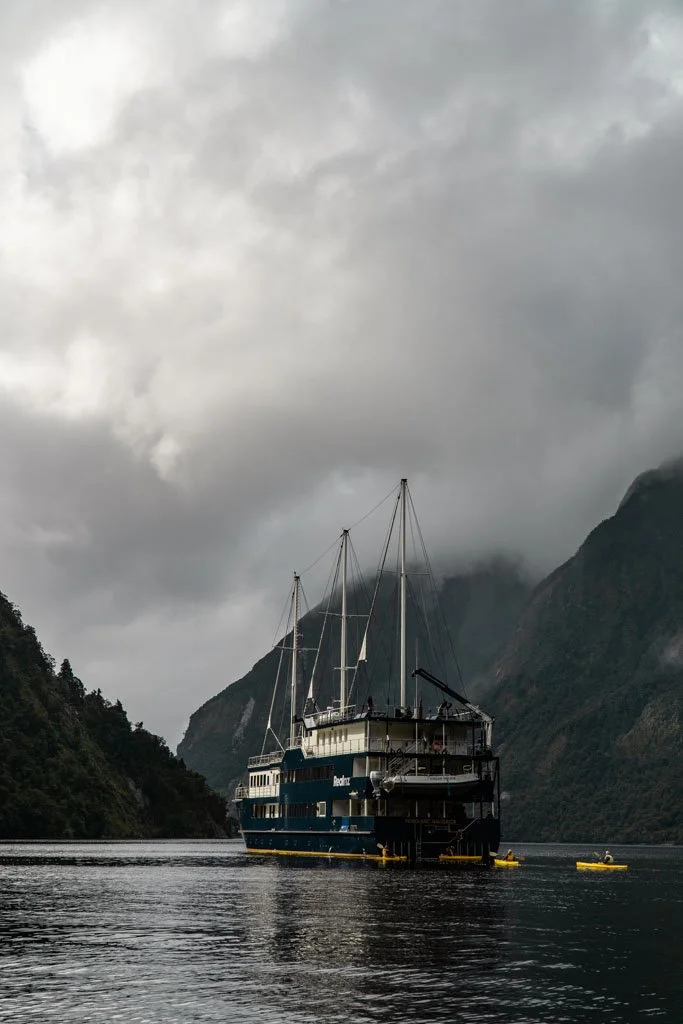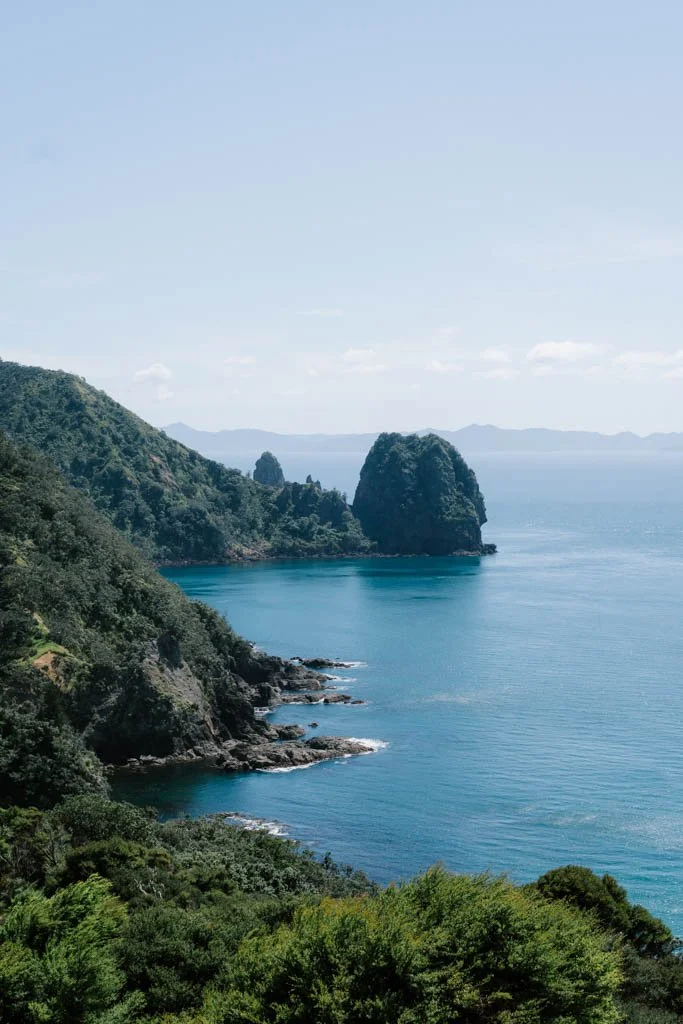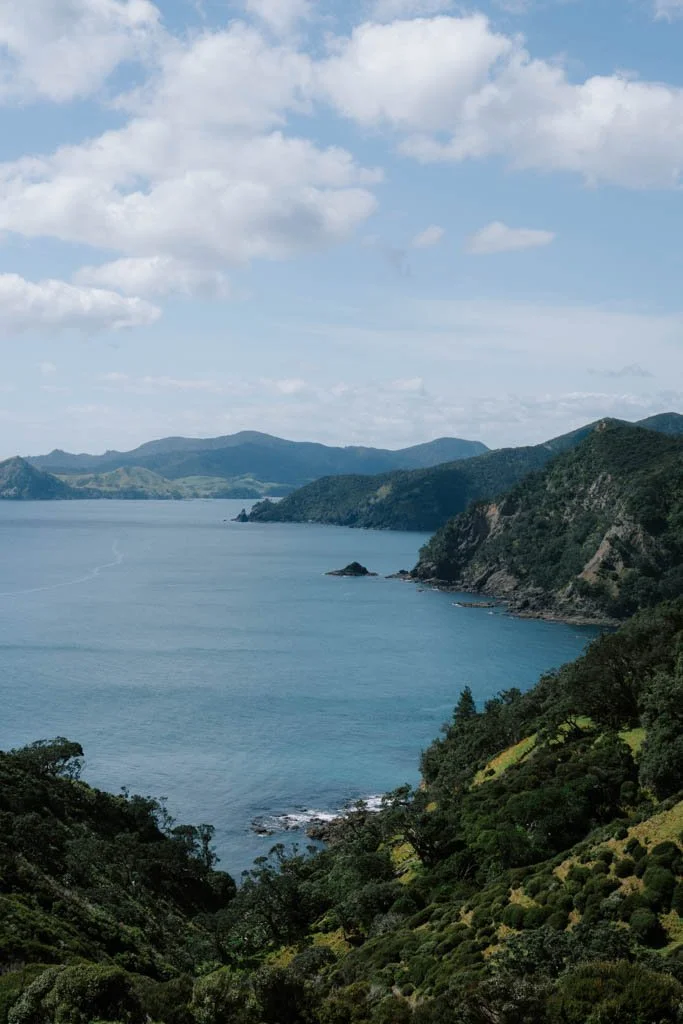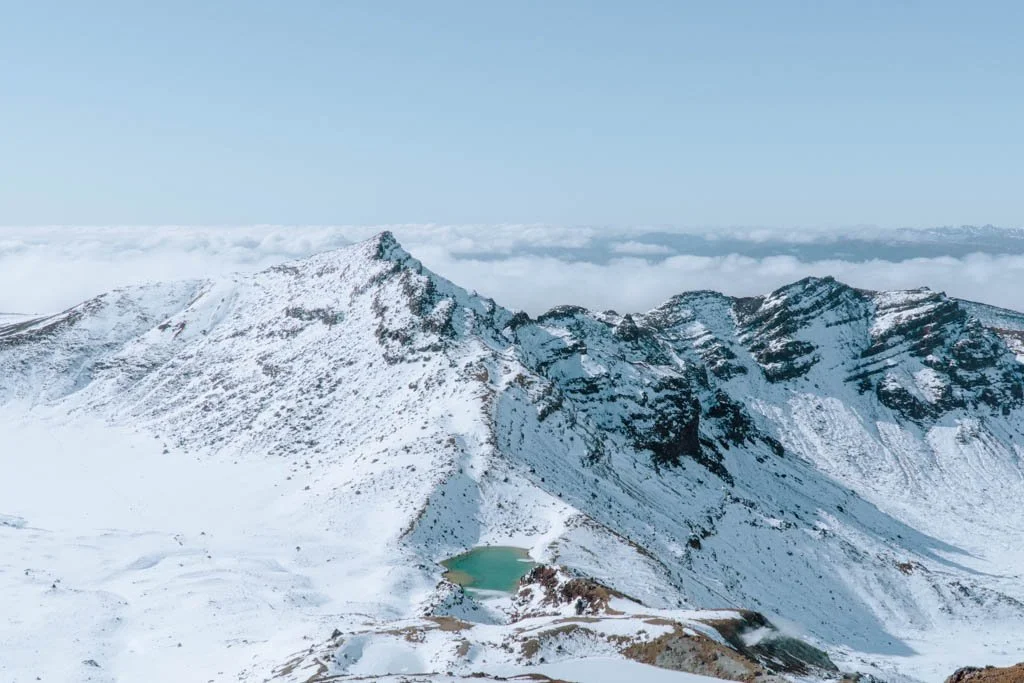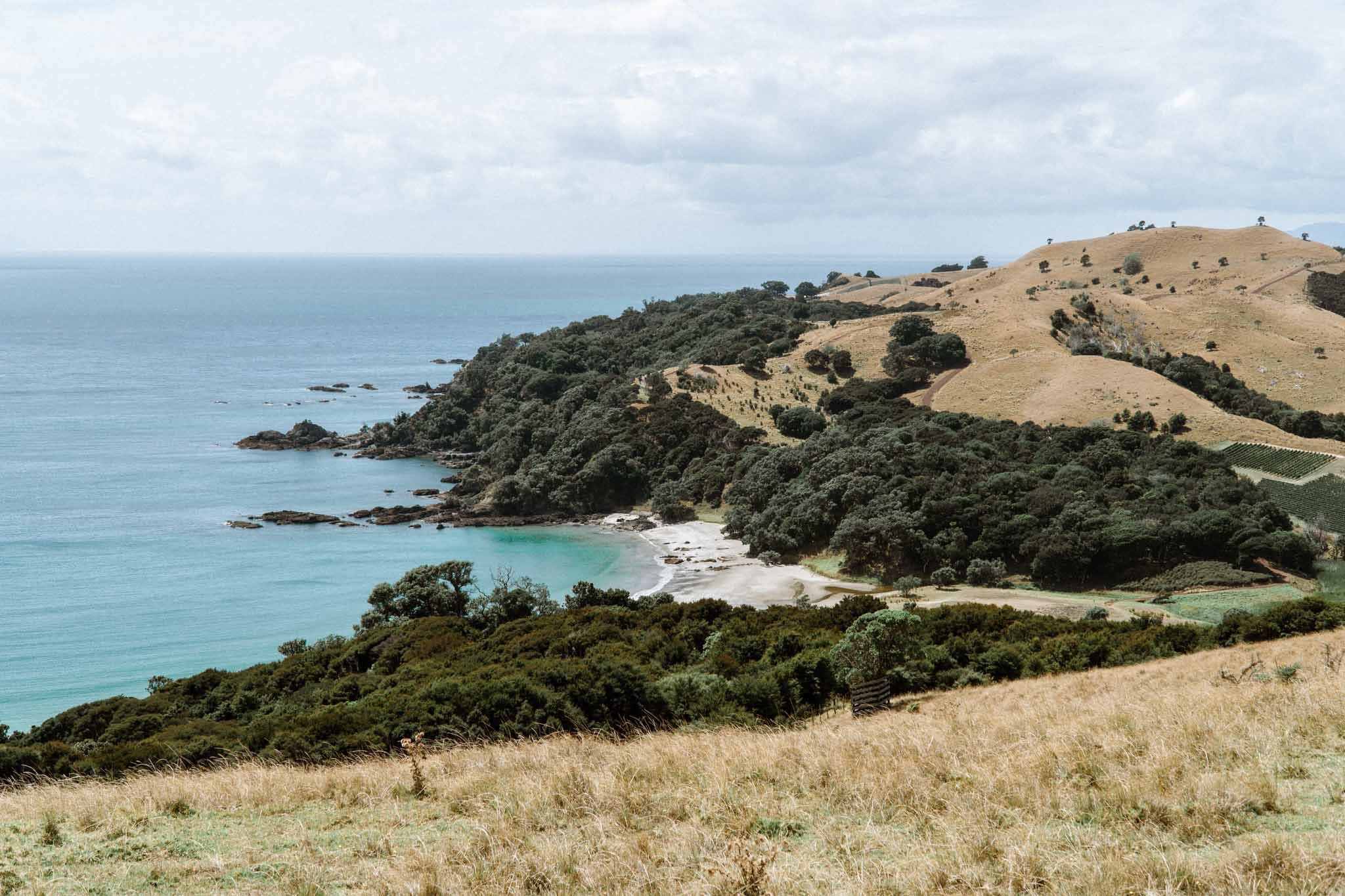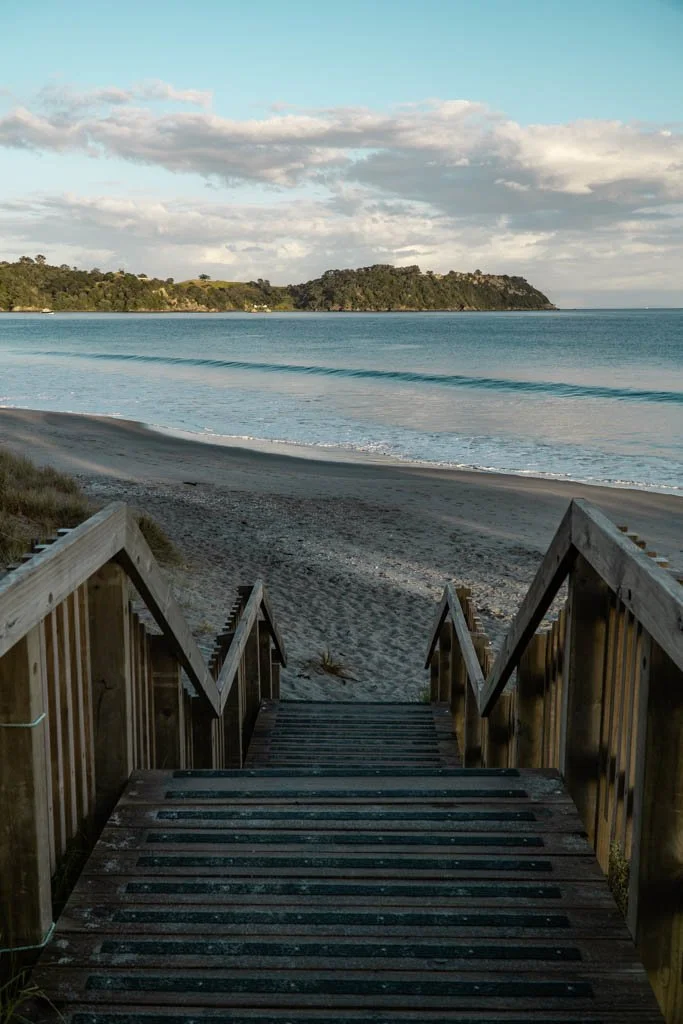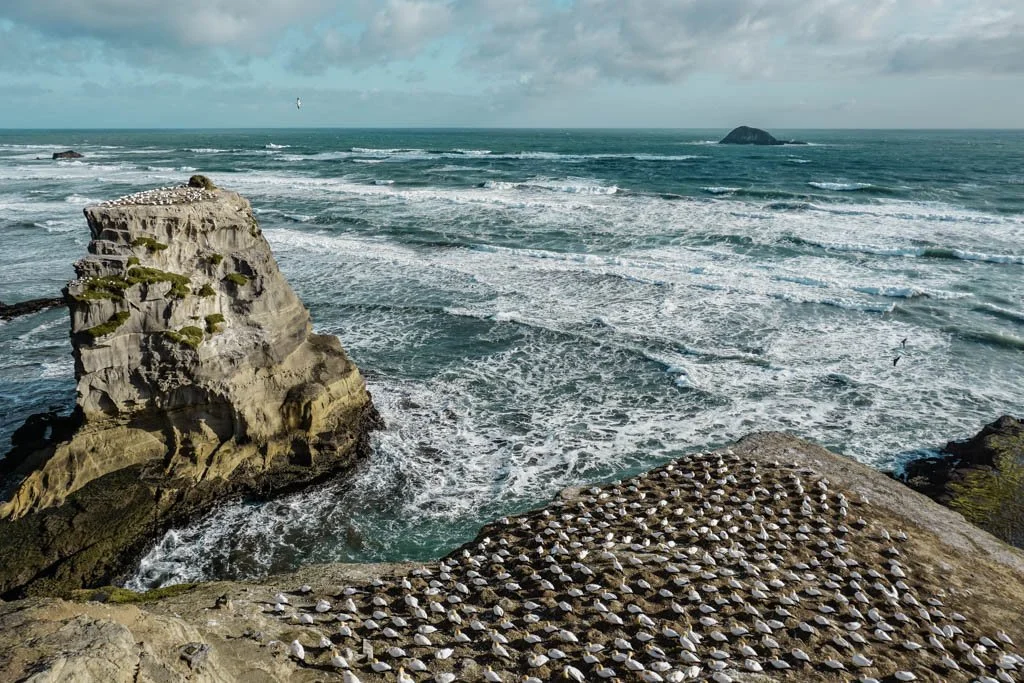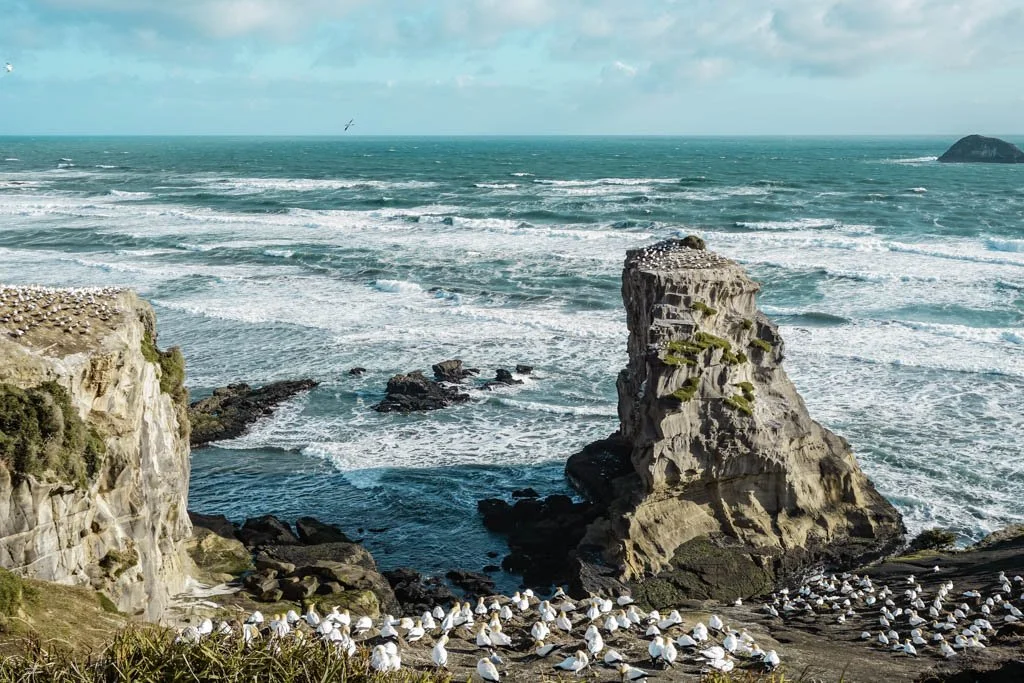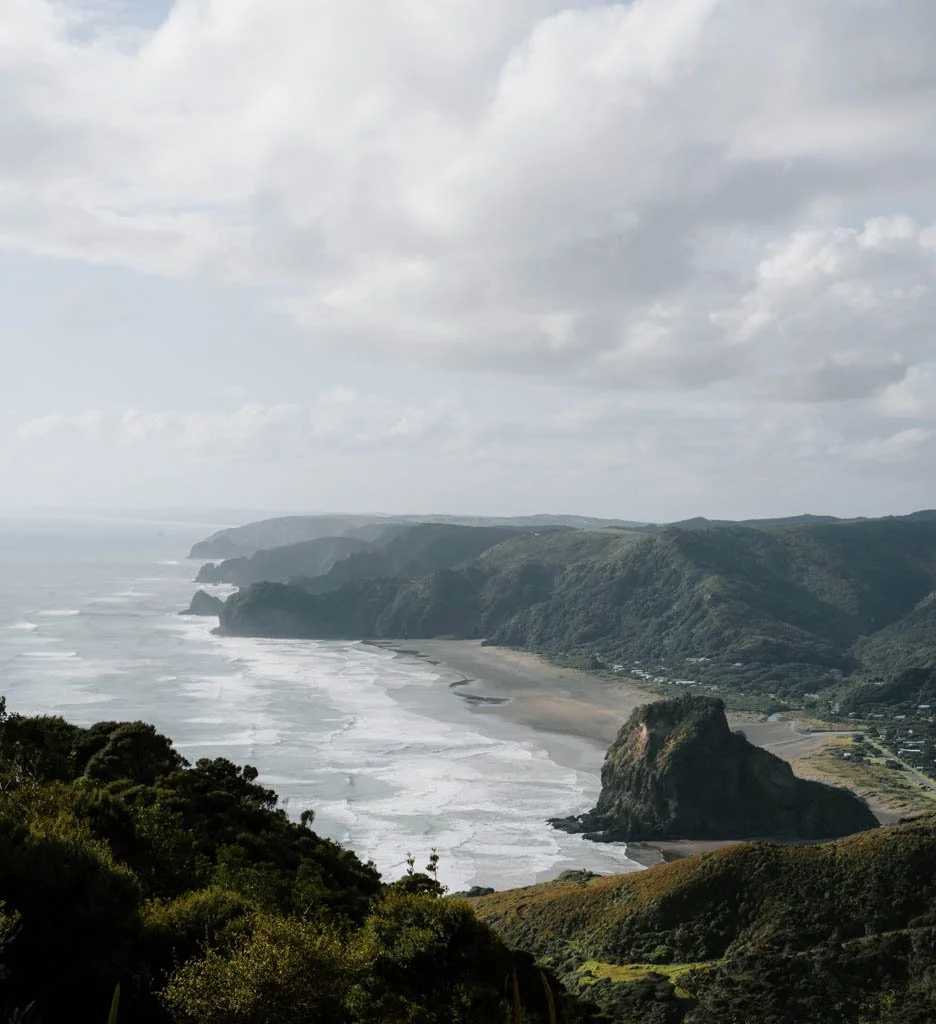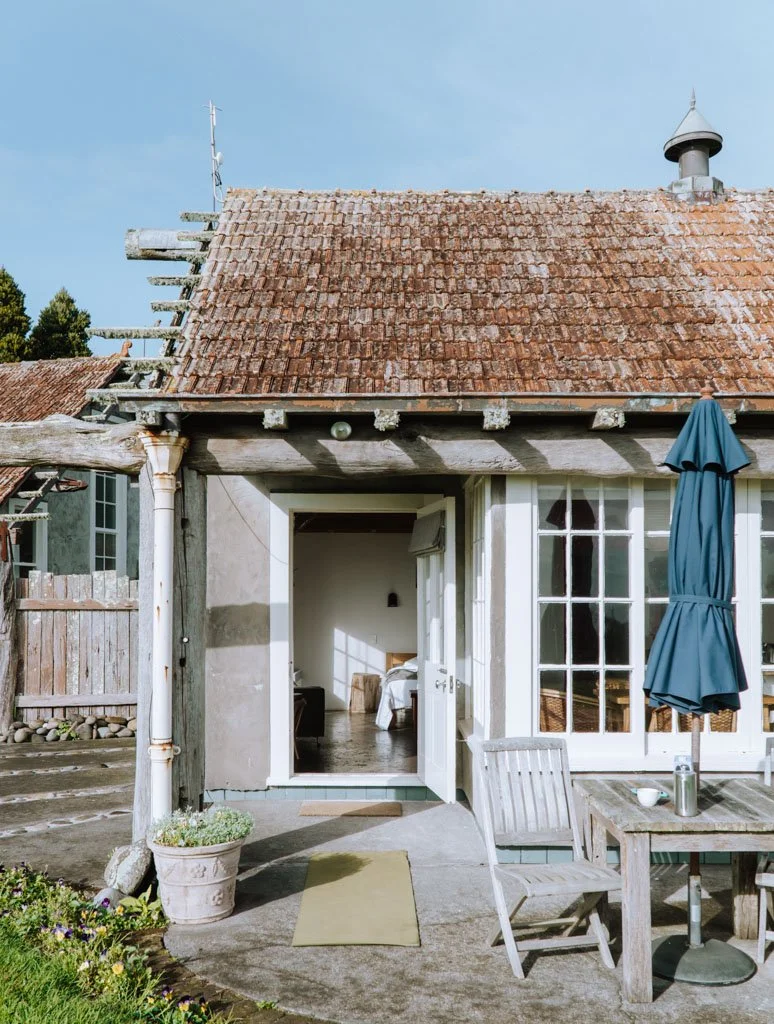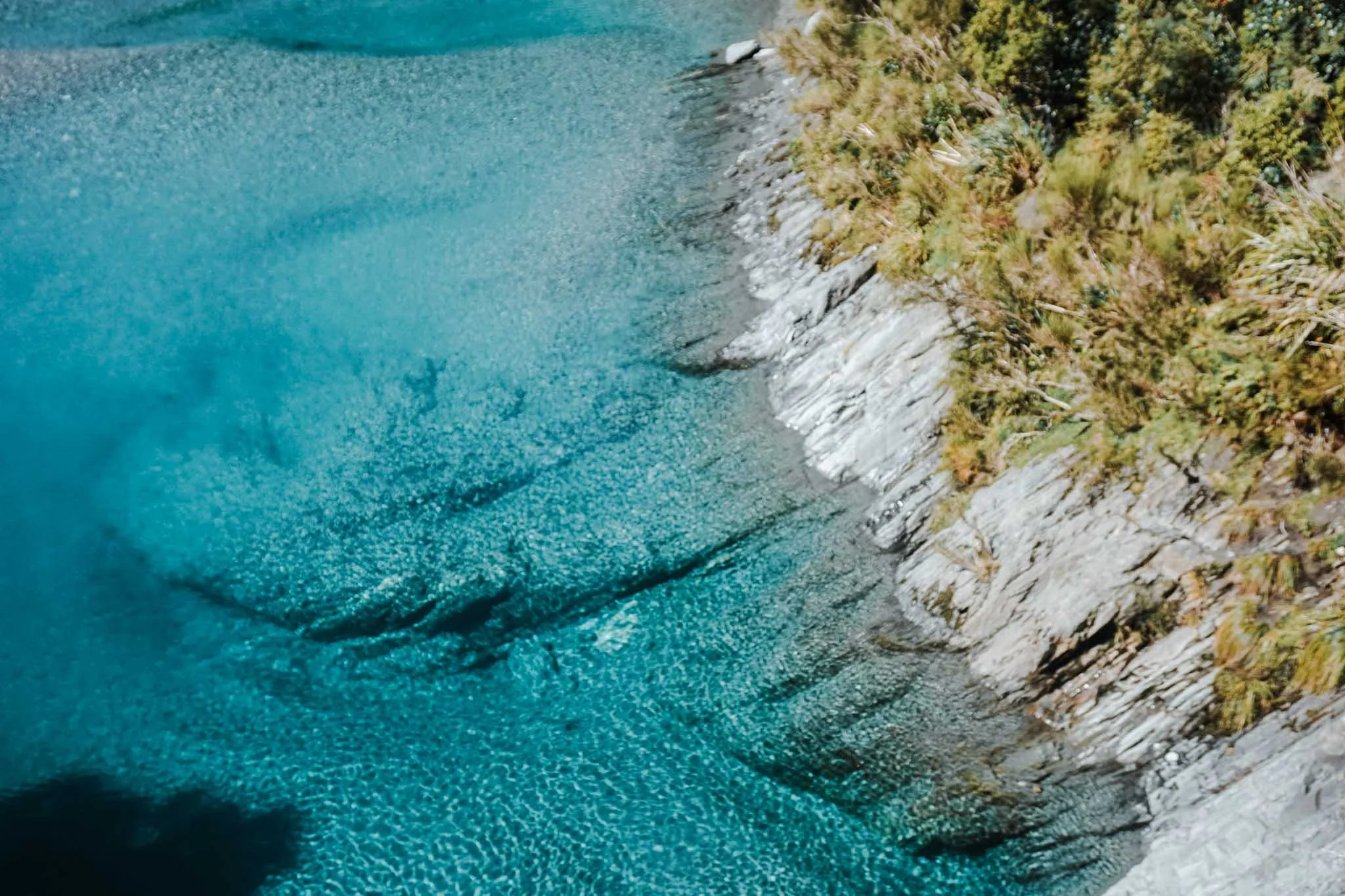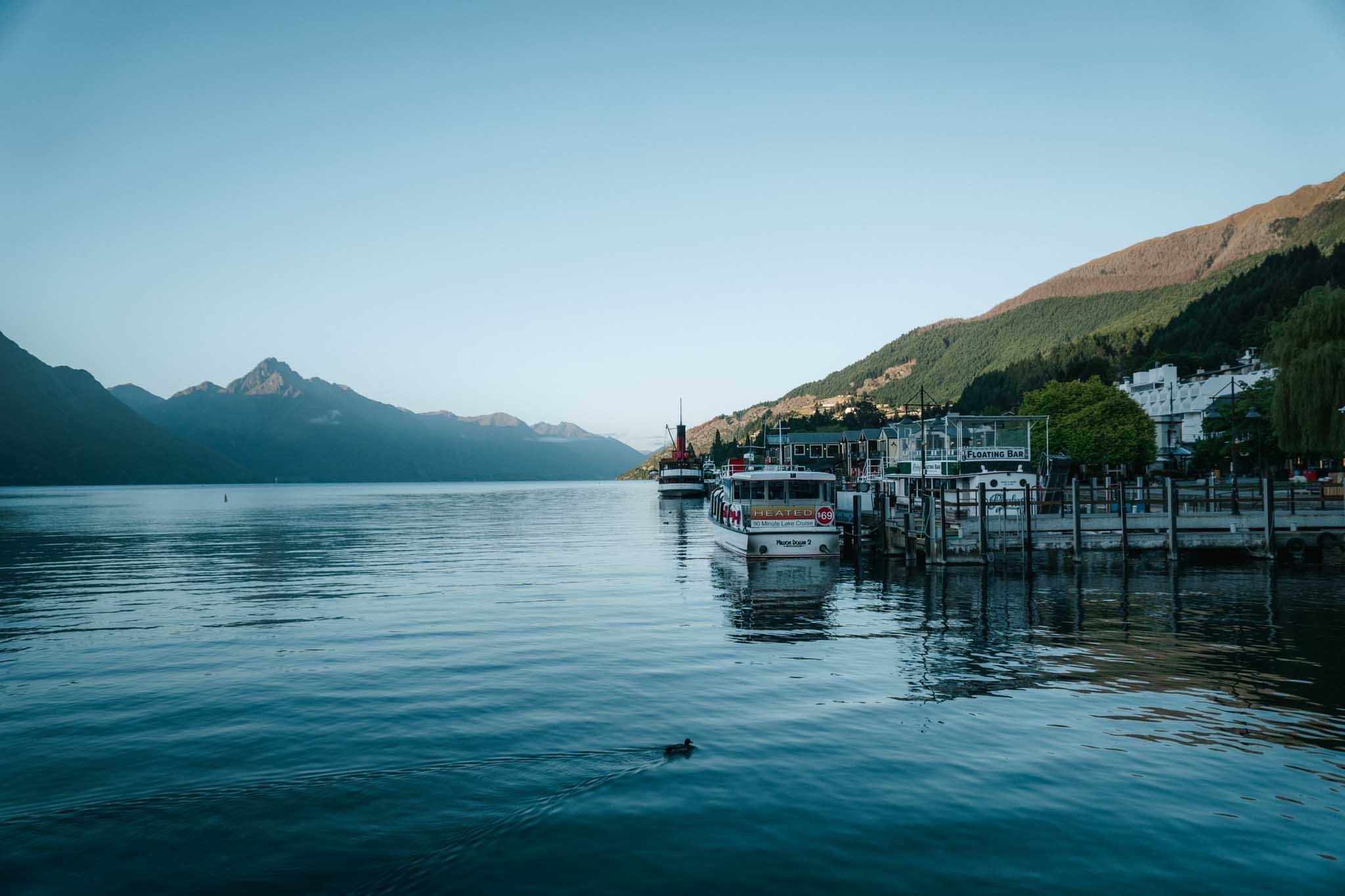The most beautiful places to visit in New Zealand, according to a local
The New Zealand destinations I never tire of visiting
The far north of the Coromandel
Think of a landscape, and you can find it in New Zealand. Beaches, forests, mountain peaks. Even glaciers and islands.
Unsurprisingly, my favourite places to visit in New Zealand are all out in nature. The wilder the better. Our national parks tend to hold a lot of my top spots. But, there are some great towns in New Zealand too.
This list covers some of what I consider to be the best places to visit in New Zealand, in roughly descending order (I find it hard to really choose places, but I have tried to list the more easily visited places at the top).
Aoraki/Mount Cook National Park
Ice-capped Aoraki is a stunning sight.
Aoraki/Mount Cook is the highest mountain in New Zealand, at 3,724 metres (12,218 feet).
The glittering fin of the mountain is visible across Lake Pukaki, a bright blue lake fed by glaciers pouring down from the Southern Alps. Looking across Pukaki toward Aoraki/Mount Cook is one of the most iconic views in all of New Zealand.
Make the drive out to Mount Cook Village at the heart of Aoraki Mount Cook National Park and you’ll get awesome views the whole way.
From the village, you can walk the Hooker Valley Track — one of the best day walks in New Zealand — and up the Sealy Tarns.
ITINERARIES THAT PASS BY AORAKI/MOUNT COOK:
Fiordland National Park
Fiordland is home to one of New Zealand’s most famous sights; Milford Sound.
The drive to Milford Sound is one of the most spectacular roads in all of New Zealand.
But, I admit that I prefer visiting Doubtful Sound, if only because the popularity of Milford takes away somewhat from the overall experience.
(Local Maori legend says that Hinenui-te-Po, goddess of death, released sandflies into Milford Sound to keep people away. She feared the landscape was so beautiful people would never want to leave. Her plan seems to have failed, as Milford Sound gets up to 1 million visitors per year).
Fiordland National Park is also where you’ll find three of the Great Walks of New Zealand, the Milford track, the Kepler track, and the Routeburn (which also crosses into Mount Aspiring National Park).
This tally should give you an indication — Fiordland is one of the most beautiful places in New Zealand.
It’s also home to hordes of sandflies and a lot of mud, thanks to the buckets of rain; there’s an average of 7 metres of rainfall here each year.
HOW TO VISIT FIORDLAND
Although you can visit on a (very long) day trip from Queenstown, you’ll get much more out of the experience and see more of Fiordland if you base yourself in Te Anau.
This does take up more time from your itinerary; ideally you would have at least two weeks in the South Island.
Another time efficient option is to go for an overnight cruise on either Doubtful or Milford Sound.
Queenstown
Queenstown is one of the top destinations in the South Island, not only for the beauty of the town itself, but thanks to the number of day trips you can do in the area.
Marlborough might be the wine region that gets the largest share of the spotlight, thanks to the legendary production of sauvignon blanc, but Central Otago is my favourite wine region.
There are dozens of excellent vineyards around Cromwell and the Gibbston Valley area near Queenstown.
You can hire bikes and cycle between cellar doors, or take a wine tour. I can say that cycling while drunk isn’t the most fun I’ve ever had, so either pick a couple of spots close together or arrange transport.
Note that Gibbston Valley is a vineyard within the Gibbston area - it’s not the only one in the valley and it’s far from being the best to visit, in my opinion. I prefer the smaller cellar doors, like Mt Rosa Wines or Kinross.
Franz Josef and Fox Glacier
Franz Josef and neighbouring Fox Glacier are highlights of the West Coast of the South Islands.
If the weather is on your side you can go heli hiking, or just plain hiking to viewpoints — the Alex Knob Track is a fabulous half day walk to a viewpoint of Franz Josef.
But there’s a lot more to the area than just glaciers.
I recommend visiting Lake Matheson for a stunning short walk around a mirror lake, and also Okarito, which has a special kind of magic.
The other special thing about the West Coast is the dense rainforest that grows here. The landscapes and forests of the west coast are very different to the area around Queenstown and Christchurch, so getting this variation can really add to your appreciation of New Zealand on your first visit.
ITINERARIES THAT PASS BY FRANZ JOSEF
Kaikoura
Kaikoura is one of the best places to go in New Zealand for wildlife watching.
There are few other places where you can swim with both dolphins and seals, see penguins, albatrosses, petrels and other sea birds, and see spot whales all year round.
The small coastal town, located around 2 and a half hours north of Christchurch, is famous for whale watching.
A population of sperm whales means you can go whale watching any time of year, while migrating humpback whales provide other opportunities to see the great beasts during the winter months.
You don’t necessarily have to take a boat tour to see wildlife, though — head to the Kaikoura Peninsula Walkway for spectacular cliff top views of the sea, with a seal colony lying at the feet of the rocks.
The seals here are so active that when I visited one evening, I saw one heaving itself through the carpark.
Punakaiki
The section of road just north and south of Punakaiki is possibly the most scenic bit of highway in New Zealand. At points, the road is so close to the water’s edge it seems in danger of crumbling onto the driftwood strewn beach.
Punakaiki itself is a perfect little microcosm of what makes the region special. Caught between Paparoa National Park and the wild Tasman Sea, Punakaiki is famous for the pancake rocks and blowholes the waves have carved out of soft limestone.
The Punakaiki Pancake Rocks and Blowholes walk is a 20 minute loop around a well-maintained track.
The rocks have been weathered in such a way they resemble stacked pancakes. Set against the backdrop of the forested West Coast, these rock formations are an impressive sight.
The blowholes are fun too — at high tide, water surges through the rock caverns and bursts upwards into the air.
Another highlight of Punakaiki is the Porari River Trail.
The track follows the boulder-studded river through thick nikau forest. It’s a gorgeous walk, and you can stop and swim at a number of points.
The Coromandel Peninsula
The North Island stands out for its incredible beaches, and the Coromandel Peninsula is where you’ll find the best of the lot.
The east coast of the peninsula is lined with incredible white sand beaches, from secluded bays to wind-swept surf beaches.
Road tripping around the Coromandel is pure joy in the summer, with so many swimming and sunbathing spots to choose from.
Cathedral Cove is the most famous destination on the Coromandel. The stunning limestone arch is worth a visit, but it can get crowded. Head to Lonely Bay instead, a hidden spot you’ll likely only share with a handful of others.
Or hang out at Hahei Beach, a place of somewhat surreal beauty on a clear, sunny day.
The other famous beach in the area is Hot water beach; for two hours either side of low tide you can dig your own hot pool in the sand. The water is heated by geothermal activity and gets surprisingly hot.
The area where the thermal springs are is also usually sardined with people lying side by side in shallow pools. But, the whole of Hot Water Beach is lovely for a walk (although not for swimming, the currents there are strong).
There are plenty of other places well off the beaten track; I love Otama and Opito Bays, New Chums Beach, and Waikawau Bay further north.
FEATURED STAY
Wairua Rainforest River Retreat
An exceptional place to stay, I really can’t recommend it highly enough. Tucked away in the forest, with a forest bath, a hot tub under the stars, and a fire pit, Wairua feels like an exclusive little piece of paradise.
Tongariro National Park
Tongariro is one of New Zealand’s two mainland UNESCO sites. It’s a place of great beauty, for anyone daring enough to discover it.
It took me a long time to clock onto the beauty of Tongariro, in part because it’s not the easiest of our national parks to access. Although State Highway 1 runs along the eastern edge of the park — putting it squarely in the sights of an Auckland to Wellington road trip — Tongariro is too far from Auckland to make it an easy weekend destination.
There are only a handful of small villages around the perimeter of the park, too, making it tricky to find convenient accommodation.
It wasn’t until I moved to Rotorua, a two hour drive from Tongariro, that I started to appreciate how epic the park is.
I have now been on several hiking and camping missions in and around Tongariro; I’ve tackled the alpine Tongariro Crossing in winter, watched sunset and sunrise by Tama Lakes, and hiked in to several of the huts for an overnight stay.
The Tongariro Crossing is the premier walk in the park, a full day hike that cuts a path through barren terrain, past volcanic craters and emerald lakes.
If you’re a fit hiker, that’s most likely the hike you want to do. Just be prepared for crowds on the trek.
If you have less time, or less inclination to hike for eight hours in one day, there are other options.
I loved the walk to Tama Lakes, a relatively gentle walk with expansive views of Ngauruhoe and Ruapehu, as well as the lakes.
There are a number of beautiful huts in the national park as well. As a half day walk from Desert Road, you can walk in to the Waihohonu hut, a stunning construction with windows designed to frame views of the mountains.
VISIT TONGARIRO ON THESE ITINERARIES
Kayak, hike, and swim your way through Abel Tasman National Park
Abel Tasman National Park is one of the very best places to go in the top of the South Island.
The Abel Tasman Coastal Walk is one of the best hikes in New Zealand. You’re not limited to exploring Abel Tasman National Park on foot, though.
From Marahau, you can catch boats to different parks of the coast and either kayak or walk back to the starting point.
The calm bays with pristine water are perfect for swimming. If you’re hiking along the Abel Tasman, you’ll be tempted strip off and jump into the sea at every opportunity.
To reach the lesser-visited end of the park, head over the Takaka Hill and explore the park from Golden Bay.
Waiheke Island
Waiheke Island — called just “Waiheke” by locals — is only a 40-minute ferry from the centre of Auckland city.
You wouldn’t know it, though.
Go to Waiheke for the wine, stay for the beaches and laid back life
Waiheke operates on true island time, so once you’ve escaped the bustle of the ferry terminal, you’ll be almost obliged to slow down and indulge in vineyards, beaches, and restaurants with sea views.
Visiting the island makes for a relaxing day trip from Auckland. The many holiday homes on the island mean it’s also easy to stay overnight to really soak up the island vibes.
If you’re aiming to explore the vineyards, the easiest way to get around is to book a wine tour. I recommend going with Kiwi Connect, a small local company, because they like to strike a balance between seeing wineries and scenic places.
You can also catch public buses around the island, by just tapping on and off with your credit/debit card. They go past many of the more popular vineyards, like Tantalus and Te Motu, so you can visit one or two vineyards (there are several clustered together so you can easily walk between them) and stop for a lavish lunch somewhere.
Oamaru, New Zealand’s Steampunk town
Oamaru is one of my favourite small towns in New Zealand, because it is so utterly unexpected.
It’s a small farming town with a sea port — hardly the kind of place you would expect to be home to a thriving Steampunk scene.
Northland and the very Far North
It’s unfair of me to hand you a whole region and say ‘go explore,’ but there are just so many beautiful places to visit in Northland.
I find it hard to pick just one, so instead I’ll encourage you to go on a road trip all the way up to Cape Reinga, far from the tourist crowds and to some of the most raw and perfectly beautiful parts of New Zealand.
On the way there’s Whangarei Heads, with the fantastic coastal walk along Bream Head.
A little north of that is Matapouri and Woolley’s Bay, with serene Whale Bay in between them.
Keep going and eventually you’ll reach Matai Bay on the Karekare Peninsula, a perfect arc of white sand around calm blue water.
And all the way at the very north, the Far North as we call it, in a part of the country where they have signs warning you to fill up your petrol tank because there’s no petrol for miles, and where wild horses sometimes burst out of the trees and run across the road, where there are almost no towns — up there is where you’ll find Rarawa Beach, with it’s white silica sand, Spirits Bay with it’s divine campground, and Cape Reinga itself.
Piha, Muriwai, and Auckland’s other west coast beaches
If you like birds, or photography, or a combination of the two, the gannet colony near Muriwai is pretty spectacular.
This is a summer destination, when the gannets settle on the rocky outcrops at Ōtakamiro Point to breed. This is one of our few mainland gannet (takapu) breeding colonies, and a pretty cool sight to see only an hour from New Zealand’s biggest city.
After a walk to see the gannet colony, drop by Murwai Deli for sustenance.
Muriwai Beach itself isn’t my favourite of the rugged West Coast beaches near Auckland, though.
Piha is a little more spectacular, with towering Lion Rock in the middle of the beach.
Or if you’re up for a longer drive, Whatipu Beach is even better — probably my favourite of Auckland’s black sand beaches. The coastal Omanawanui walk there is an excellent day out.
Taranaki
Taranaki is easily one of my favourite regions in New Zealand.
It has everything; a national park with an epic mountain, a coastline with endless surf beaches, west coast sunsets. And in New Plymouth there are artisanal bakeries, coffee roasteries, and the Len Lye art gallery.
Taranaki is a little off the beaten track, so it’s best to explore if you have two weeks or more in the North Island.
FEATURED STAY
Ahu Ahu Beach Villas
Ahu Ahu Beach Villas is a truly exceptional place overlooking the wild Taranaki coastline.
Lake Tekapo
Lake Tekapo is an essential stop on any South Island road trip.
The lake is stunning and a scenic spot in its own right. But one of the main draws to Lake Tekapo is the beauty of the night sky.
Tekapo is part of the Aoraki Mackenzie Dark Sky Reserve. This was only the third dark sky reserve in the world, so it’s an area of pristine night skies and superb stargazing.
From Tekapo you can join star gazing tours at the Mount John Observatory, or at other locations near the lake.
To star gaze for free, you can also book yourself into accommodation with skylights over the beds, so you can lie in bed and look up at the Milky Way.
If you want to be immersed in New Zealand’s nature, these are some of the top places to add to your itinerary. You can hike, kayak, or boat your way around a lot of these places — choose how you would like to explore, and enjoy.
ITINERARIES THAT PASS BY LAKE TEKAPO
Mount Aspiring National Park
Abel Tasman, Tongariro, and Fiordland National Parks often get all the attention. But of all New Zealand’s national parks, Mount Aspiring might be my favourite.
The park stands out for its incredible blue water, which runs down from glaciers high in the mountain peaks. The result is incredible hiking.
For an easy walk, check out the Blue Pools in Makarora, near Wanaka. Or, head into the West Matukutuki Valley to hike to Rob Roy Glacier.
The Catlins
The Catlins is a rugged and remote corner of the South Island. It’s an ideal campervan destination, as there isn’t much here apart from deserted beaches and stunning campgrounds.
Purakaunui Bay is a trek down a gravel road, but it’s one of my favourite places to camp in the South Island.
You can see sea lions here.
Further along the coast, the Lost Gypsy Gallery is an absolute gem of a stop, showcasing quirky creativity at its best.
Starting from Christchurch, you can loop through the Catlins and back up to Queenstown in around 8 days.
Thanks for reading this far! I hope you found some inspiration for your New Zealand trip.
Before you go, you might also find these articles useful:
AUTHOR BIO
I’m a freelance travel writer from New Zealand with bylines in National Geographic Travel, Conde Nast Traveler, Travel + Leisure and more.
I’ve travelled up and down beautiful Aotearoa and I love sharing my recommendations for the best places to visit in New Zealand.
READ MORE
